Constructions of fixed knives: full tang, stick tang, half tang etc.
Fixed knives come in many shapes and sizes. For each purpose a specific knife. But apart from the shape of a blade and the type of steel there are more differences between those knives. Differences can, for instance, be found in the construction of fixed knives. What about all those tangs? For that reason we have listed a couple of frequently occurring types of constructions.
What is the tang of a knife?
This entire article revolves around the tang, so it is important to explain what it actually is. The tang on a blade is the steel part that protrudes from the blade and is used to attach the handle. That tang can have different shapes and that is exactly what we will be discussing.
Stick Tang
Originally a classic way to attach a blade to a handle from the time when all knives were forged, because the grip for the forging pliers was forged into a long pin that would disappear into the handle. A stick tang is also called a rat tang, because it resembles a rat tail coming from the knife.
Today the stick tang emerges in different ways. There are, for instance, constructions where the stick tang has been glued in the handle, or it is so long that it comes back out at the end of the handle. Here it is ‘beaten out’ to make sure it will keep the handle in place. Or a wire thread is added after which it is secured with a nut. One of the advantages of a stick tang is that it is often lighter than a comparable knife with a different construction.
Stick tangs are today often added to knives with a classic character, or knives that were designed for less demanding tasks. Pure to gut some game a hunting knife could perfectly be enhanced with a stick tang. If you are planning to do some woodwork a stick tang will not be the right choice. A stronger construction would be better here.
Full tang
Of all the ways to produce fixed knives the full tang option is the strongest. This means that the tang follows the entire shape of the handle. As a result the entire thickness of the blade is transferred to the tang. The handle is at least as strong as the blade. Often even stronger because the blade is thinner.
When you are going to use a fixed knife intensively, or you take it to a place where you should never be without you should bring a full tang knife. You don’t want to be left without a knife in a survival situation because you chose a less strong construction.
The full tang appears to be perfect for all circumstances. However, if we have to be critical we can come up with two disadvantages. A full tang knife is relatively heavy. The knife has been enhanced with more steel to give it its solidity and you will feel that. The other disadvantage can be experienced in very cold circumstances. You will notice that the exposed steel tang feels really cold in hand. It could even be painful. That is why many Scandinavian knives choose a different type of construction. After all, here they will know what it feels like to freeze onto the steel tang of your knife. Not cool.
Half tang
As the name might already suggest this is a type of intermediate solution between the half tang and the stick tang. You don’t see it that often, but the Helle Temagami is a great example. The construction is slightly similar to a full tang knife. However, the tang runs, when looking from the top, up to slightly below the middle of the handle. A lot stronger than a stick tang, but not as strong as a full tang construction.
Integral construction
Fixed knives with an integral construction are relatively rare, but beloved amongst enthusiasts. In the basis an integral construction for production knives is similar to a full tang. There are, however, always exceptions, but you won’t find any in our range. The blade thickness runs throughout the entire handle. However, more is going on with the transition from blade to handle. That is, after all, where you will find the bolster. Also called a crop or guard. Remarkable about this integral construction is that the bolster is an integral part of the blade.
For the balance of the knife this is great. After all, just before your index finger a small block of weight is added to make sure the centre of gravity will be there. In addition, it looks amazing because of the seamless transition from bolster to the tang.
There are, of course, disadvantages when you are dealing with this construction. Because of that additional bolster an integral is often very heavy. In addition, an integral construction is expensive to produce. After all, a lot of material needs to be added to a relatively thin piece of material. You could do so by forging the blade, or by grabbing a thick piece of steel and milling everything out. Both not really cheap options for a production knife that should always be similar. For that reason you often find these types of constructions in custom knives that are made and finished by hand.
Full tang in the mix
One of the best-selling brands when it comes to fixed knives is Fällkniven. They work with most of their fixed knives with a construction that looks like a full tang but still has a couple of differences in nuance.
After all, Fällkniven chooses to extend the blade as a full tang into the handle. An incredibly strong construction. Afterwards a rubber-like handle is placed around it. This handle covers the tang of the blade to make sure you will no longer come into contact with the tang. Like with the stick tang it is practical in very cold circumstances. The Swedish brand Mora uses this construction in, for instance, the Mora Garberg.
Conclusion
So many people, so much to wish for. That is obvious. Instinctively you always choose the strongest knife. At the same time, however, you could ask yourself if that is really necessary. For many tasks a light-weight knife, or one that can handle very cold circumstances will be the better choice.
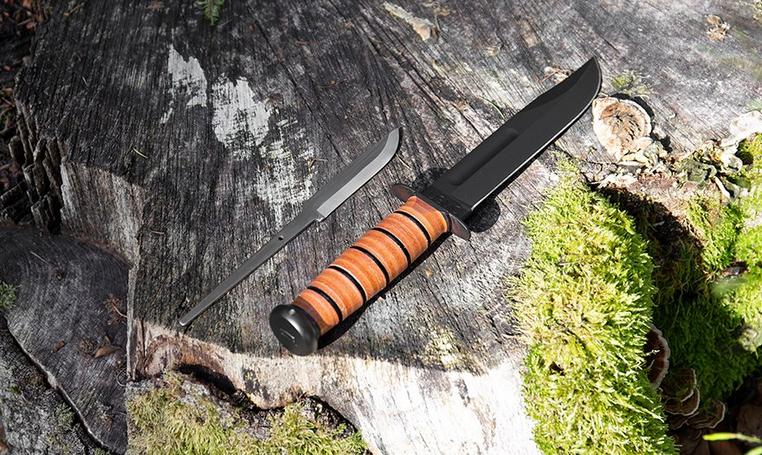
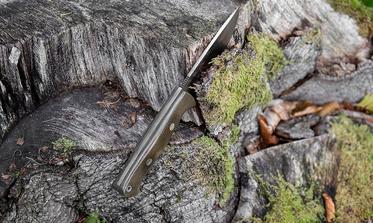

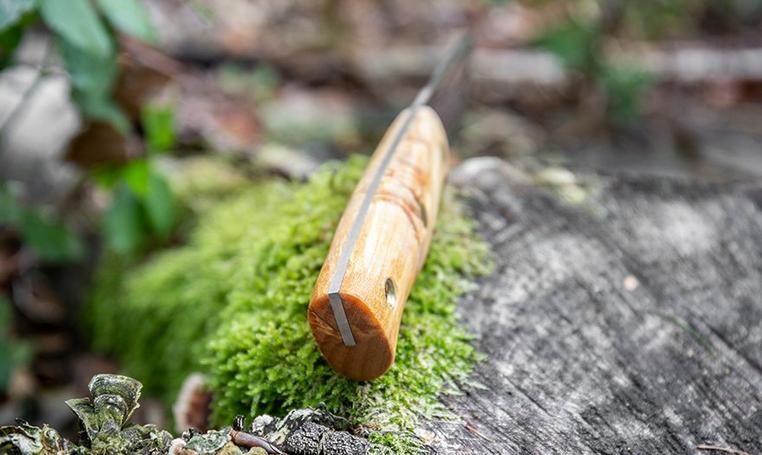
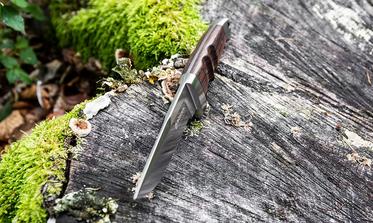
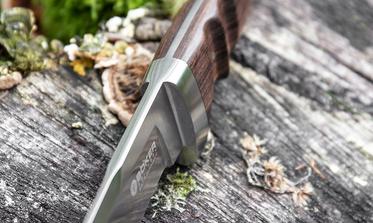
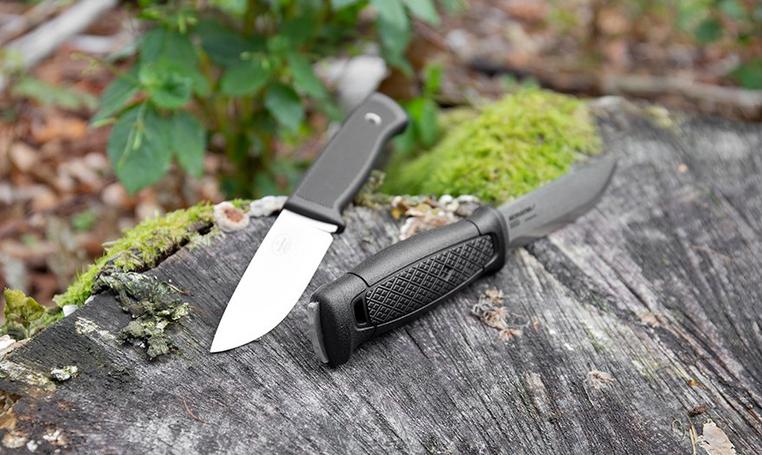
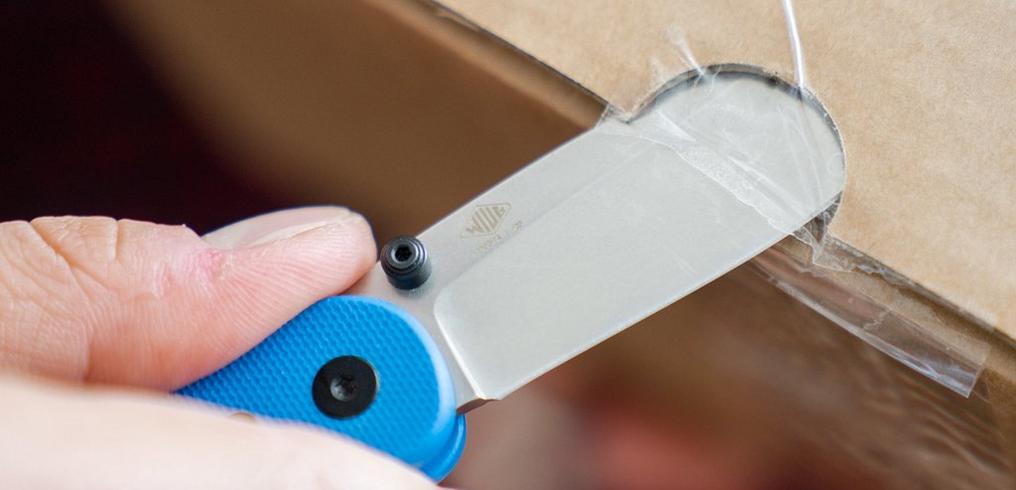

?%24center=center&%24poi=poi&%24product-image%24=&fmt=auto&h=490&poi=%7B%24this.metadata.pointOfInterest.x%7D%2C%7B%24this.metadata.pointOfInterest.y%7D%2C%7B%24this.metadata.pointOfInterest.w%7D%2C%7B%24this.metadata.pointOfInterest.h%7D&scaleFit=%7B%28%24this.metadata.pointOfInterest%29%3F%24poi%3A%24center%7D&sm=c&w=1016)
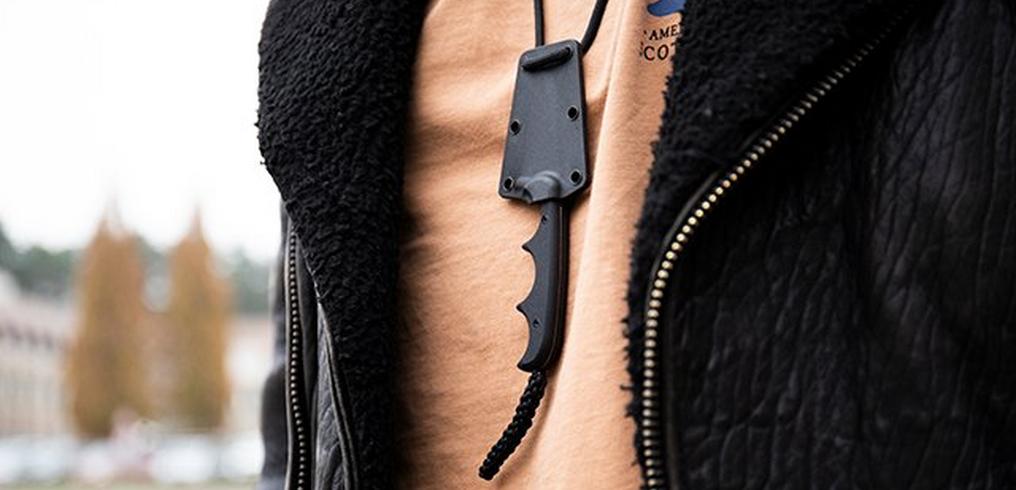

?%24center=center&%24poi=poi&%24product-image%24=&fmt=auto&h=490&poi=%7B%24this.metadata.pointOfInterest.x%7D%2C%7B%24this.metadata.pointOfInterest.y%7D%2C%7B%24this.metadata.pointOfInterest.w%7D%2C%7B%24this.metadata.pointOfInterest.h%7D&scaleFit=%7B%28%24this.metadata.pointOfInterest%29%3F%24poi%3A%24center%7D&sm=c&w=1016)

